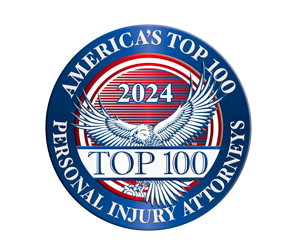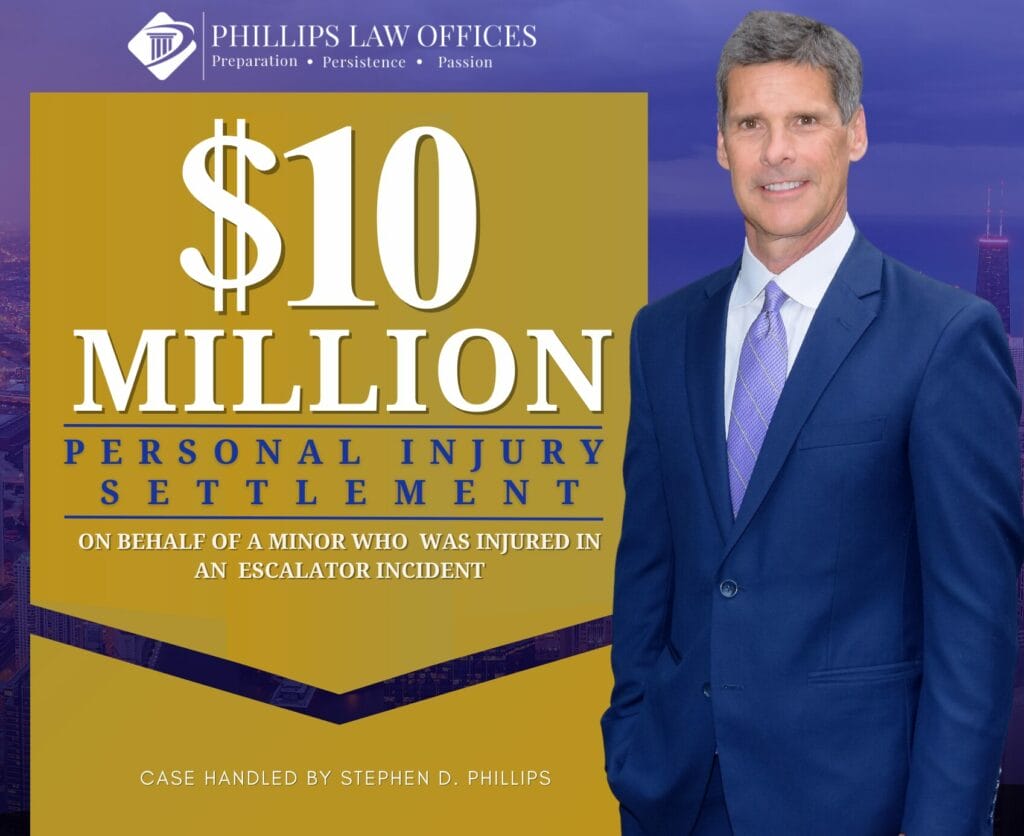Though car owners are free to drive, they legally must maintain their vehicles to a safe standard. It includes checking brakes, taillights, turn signals, motor oil, vehicle alignment, and other vital components. Owners should schedule routine maintenance, and mechanics and auto dealers are accountable for their work. Unfortunately, drivers and mechanics frequently neglect vehicle upkeep. As a result, others might have to pay the price. The owner and mechanic of the vehicle are accountable if anyone sustains injury in an accident brought on by careless car maintenance. Let the car accident attorneys at Phillips Law Offices examine your case to determine how we can assist you in obtaining the compensation you require. Since our lawyers typically work on a contingency basis, the consultation is free.
What is negligent Car maintenance?
When driving, your responsibility entails more than just what you do in the driver’s seat. You must keep your car in good working order and ensure it is safe to drive. For instance, you should not be on the road while your brakes or taillights are inoperable. We will now discuss the most common car maintenance issues that go unattended and explain how this can cause an accident.
Sluggish brakes
The proper upkeep of a vehicle includes regular brake servicing. If you take care of your car brakes, they will efficiently work when needed. The brake parts deteriorate with time, and postponing necessary services is risky. Once you notice braking issues, get a professional inspection without any delay.
A few signs that indicate you have a brake problem are as follows:
- Dashboard displaying a brake light indicator
- Brakes causing squealing or squeaking sounds
- Metal contact points from a brake pad or shoe scraping
- Wobbling or vibration when braking
- Brake fluid leakage
- Feeling some resistance when pressing brakes
- Car pulling to one side by brake force
- A pungent, chemical smell (overheated brakes)
According to an NHTSA study, defective brakes are a factor in 10,000 car accidents occurring in the USA annually. Surprisingly, 25% of surveyed Americans admitted to driving on brakes they knew were not performing optimally for more than a month before having them repaired.
Regular drivers of a vehicle can identify brake wear, particularly when it reaches the point where it may contribute to an accident. To determine the cause, check whether or not negligent brake maintenance occurred by gauging the thickness of the brake disks and brake pads. They can no longer be safe to drive once they have worn beyond a certain level. You can examine brake lines for leaks or fraying as well.
Defective tires
Since your tires are your vehicle’s point of contact with the road surface, their integrity is critical to keeping you safe while you travel. A tire having design or manufacturing flaws is not safe to drive. A faulty tire can fail unexpectedly, causing you to lose air pressure. The tread often separates from the rest of the tire, causing the tire to come apart. It can result in loss of vehicle control or even a rollover accident.
Tire failure can occur when producers use a belt that is either too large or too small. Additional design flaws can also cause similar problems. Likewise, failures can happen at any time due to manufacturing defects. For instance, adhering steel to rubber compounds may cause poor bonding and lead to tread separation. Although tread separations are more common, there are several other ways that tires can fail, including:
- Uneven tire sidewall
- Overinflation
- Under inflation
- Emergency braking
- Road hazards
- General wear and tear
- Misalignment
According to a survey, 29% of car owners admitted to intentionally using tires that were balding for longer than 30 days. Balding tires have less than 2/32 inches of tread depth remaining. They could lead to rear-end collisions due to inadequate traction, grip, and wet weather conditions.
If balding tires were a contributing factor in the accident, ask the police or insurance provider to check the tire tread depth of the conveyances involved.
Misaligned wheels
A properly aligned vehicle will operate more effectively and with better performance. A wheel alignment might save your life if you have to make a quick turn or avoid something on the road. However, one-third of survey participants admitted to knowingly driving on wheels without alignment. Among them, 12.5% of survey participants said they had put off having their axle realigned for over three months.
Sometimes a problem with misaligned wheels or underinflated tires can occur. If a car suddenly jolts, as when driving over a pothole or other obstruction in the road, the wheels may become out of alignment. It may be necessary to realign the wheels because of the wear and shifting of components in the wheel assembly and suspension. However, first, check the tire pressures and, if those are within the recommended range, go for wheel alignment from a skilled auto mechanic.
The typical signs of poor wheel alignment are as follows:
- Vehicle swerves or drifts in a specific direction
- Uneven and off-centered steering wheel
- Excessive wear and tear of tires
- Vibration in the steering wheel
- Loose or unsteady steering wheel
- The squealing of tires when the vehicle accelerates
Misaligned wheels can play a role in accidents occurring on narrow, residential roads or at bends. Since collisions can cause axle misalignment, it may be hard to tell whether there was a misalignment before the accident based solely on an axle. However, by inspecting car tires, one can find evidence. Misaligned wheels can result in uneven tire wear, with the axle-skewed side of the tire experiencing heavier wear. If investigations reveal that the side of the vehicle where the collision happened has more worn tires, this may indicate that misaligned wheels contributed to the crash.
Faulty headlight
Since most traffic fatalities occur in the dark, headlights are essential safety features; that many people overlook. Headlights serve two distinct purposes. The first is that they improve the driver’s night vision. A clear view of hazards improves quick reactions and gives drivers more time to apply the brakes. The driver can also see potential dangers, like animals on the side of the road, thanks to improved lighting and vision.
Secondly, headlights play a critical role in other drivers’ safety. By making the driver visible to other drivers, a car’s lights could avoid an accident. A vehicle’s lights are more visible to other drivers the brighter they are. Therefore, headlights are essential for nighttime driving because they make the driver visual and help mitigate the risks.
Unfortunately, faulty headlights are one of the prime reasons for car accidents.16.5% of survey participants admitted to purposefully operating a vehicle with a burned-out headlight for longer than 30 days. Though broken headlights are easy for police to spot, the US Department of Transportation reports that poor visibility contributes to 38,700 vehicle crashes annually.
Since headlights often break in collisions, it presents a problem when determining if a burned-out headlight caused the accident. Reviewing eyewitness accounts or surveillance footage might be necessary to assess whether a driver was operating with a burned-out headlight. However, if you can show that a driver was at fault for a collision while operating a vehicle at night with malfunctioning lights, it is almost definite that they were negligent.
Liability for negligent car maintenance
In most cases, car drivers are liable for damages if a maintenance issue with the vehicle causes a collision. Occasionally, besides the driver, repair facilities or auto dealers may also be held accountable for negligent maintenance. In other words, owners, auto dealerships, mechanics, and manufacturers could all bear liability for an accident if it happened because of their negligence.
Car owners
Typically, routine vehicle maintenance is primarily the responsibility of the owner. For instance, they must ensure their brakes are functional, their tires are stable, and their headlights and taillights are all in good working order. Eventually, owners ought to also look at the following components:
- Turning signals
- Power steering
- Engine oil
- Braking liquid
- Wheel alignment
- Tire pressure
- Oil and coolant level
If the victim proves that the owner was aware of the recall and failed to fix the issue, the vehicle owner may also be held accountable for a collision caused by a recalled part. It even applies to cases wherein the owner was not driving the car at the time of the accident.
Auto Repair shops
When you take your four-wheeler to the mechanic, you expect the mechanics to do a good job and ensure the car is safe to drive. However, a mistake or oversight could render your vehicle unsafe, resulting in a severe injury. The auto shop is liable for your losses if repair service is deficient.
Car dealerships
Vehicles with some defect might occasionally still be for sale after a recall on a model or component. It might be particularly true at used car lots. Before selling any recalled vehicles, the dealership must have the recall problem fixed. Otherwise, they are responsible for your car accident and the damages suffered.
Manufacturing Company
The manufacturer is at fault if an accident happens because of a mechanical issue or a defective part. They are also accountable if they fail to warn the owners about any inherent risks associated with their products, including seats, airbags, or batteries.
Hire our attorney for Car maintenance-related cases
According to a recent survey of 1,200 American drivers, 92% of car owners put off necessary car maintenance even though they know that doing so raises their risk of getting into an accident. If you were in an accident, it would be wise to investigate whether either party’s timely vehicle maintenance could have avoided it. You might be able to compile the proof you need to prove that negligence with the help of our skilled attorneys at Phillips Law Offices. Contact our dedicated car accident attorneys now to find out if you can file a personal injury claim for damages against the party at fault.
Interesting Reads:







